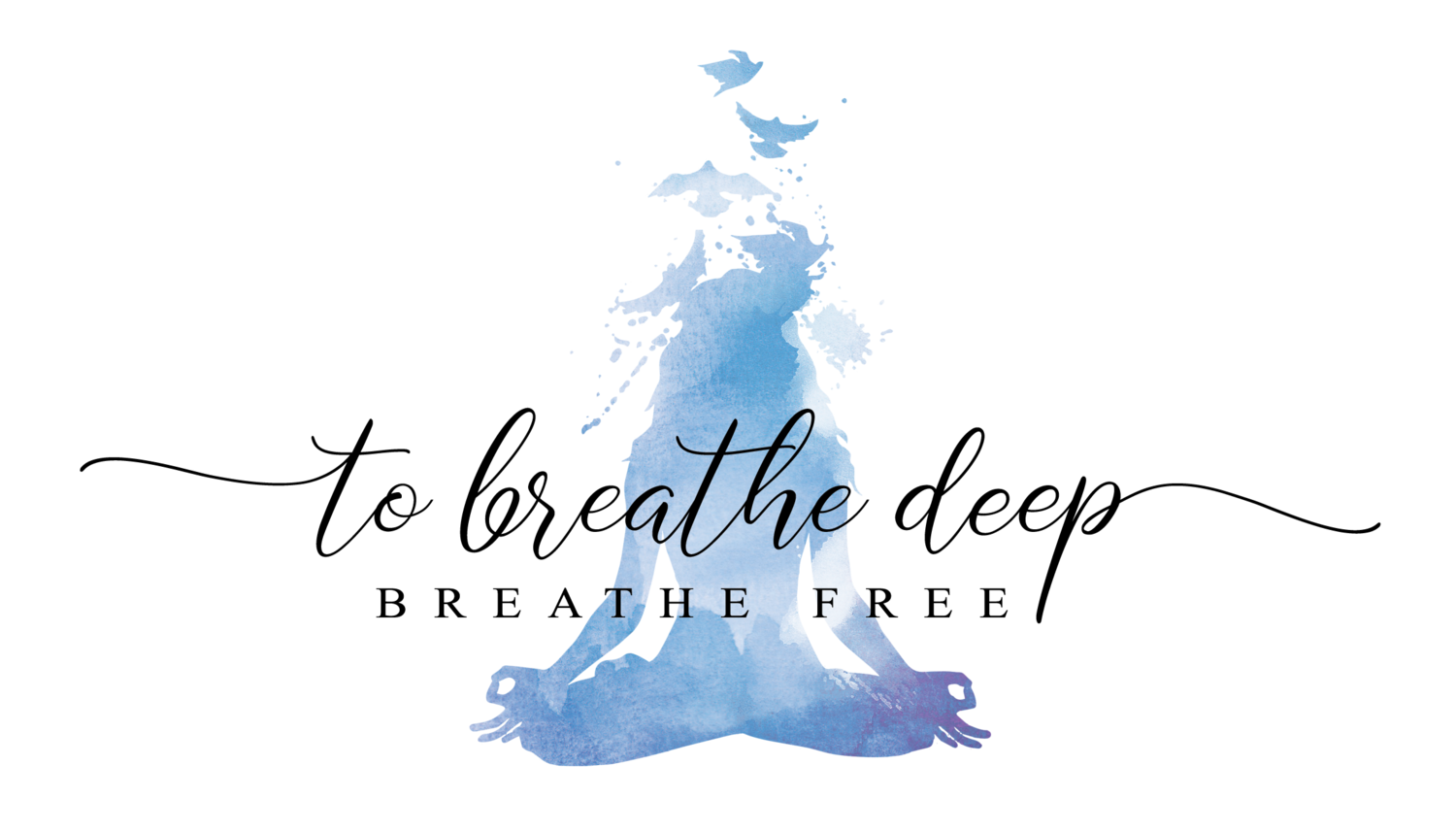Shiva and Sati were destined to be together, but her father, Daksha, did not approve of this, so she kept her love secret.
A great party was thrown when she came of age, and every eligible suitor was invited...except Shiva. But Sati was a smart girl, she worked the room and mingled, she even pretended to be interested in a few of the young men her father deemed suitable for her. When it was time to choose her partner, she invoked the great Shiva. He appeared and accepted her garland; tradition deemed that the one who wore the garland must wed Sati, so Daksha relented and allowed his daughter to marry Shiva.
But Daksha was unable to let his dislike for Shiva go. After they were married and happily settled, Daksha threw another party. Again, he invited everyone but his daughter and Shiva, which made Sati incredibly sad. She showed up anyway and tried to reason with her father, but despite her tears he would not relent. Sati's sorrow turned to fury, and she went up in flames before her father's eyes.
Shiva immediately knew something terrible had happened to Sati. When he heard the story from a minstrel, he invoked the great warrior, Virabhadra, and sent him to the party. He assumed his form right in the spot where Sati burned up.
He rose from her ashes (warrior 1 with palms together and face upturned). Then he drew his sword (warrior 2, arms open), and sliced off Daksha's head. He bent to pick it up (warrior 3, arms forward) and place it on a stake.
Sati quickly assumed a new form and went to her husband, scolding him. Shiva saw how impetuous his decision had been, found a suitable replacement head, which was a goat, and brought Daksha back to life. Daksha was then grateful that Shiva had recognized his mistake, and also recognized he had not treated him well either.
"In order to preserve an elevated state of mind, be happy for those who are happy, cultivate compassion for those who are sad, feel delight for those deemed to be luck [virtuous or righteous], and experience indifference toward those perceived to be wicked."
Yoga Sutra 1.33
The greatest battle we fight as warriors is sometimes against our own reactions. We may not always be perfect, but we can learn to make things right.
"Warrior poses are a reminder that ferocity exists not only to destroy but also to allow us sufficient strength to achieve integrity, compassion, and a loving state of mind."
Alanna Kaivalya, Ph. D & Arjuna van er Kooij from Myths of the Asanas
Photo by John Rocha





